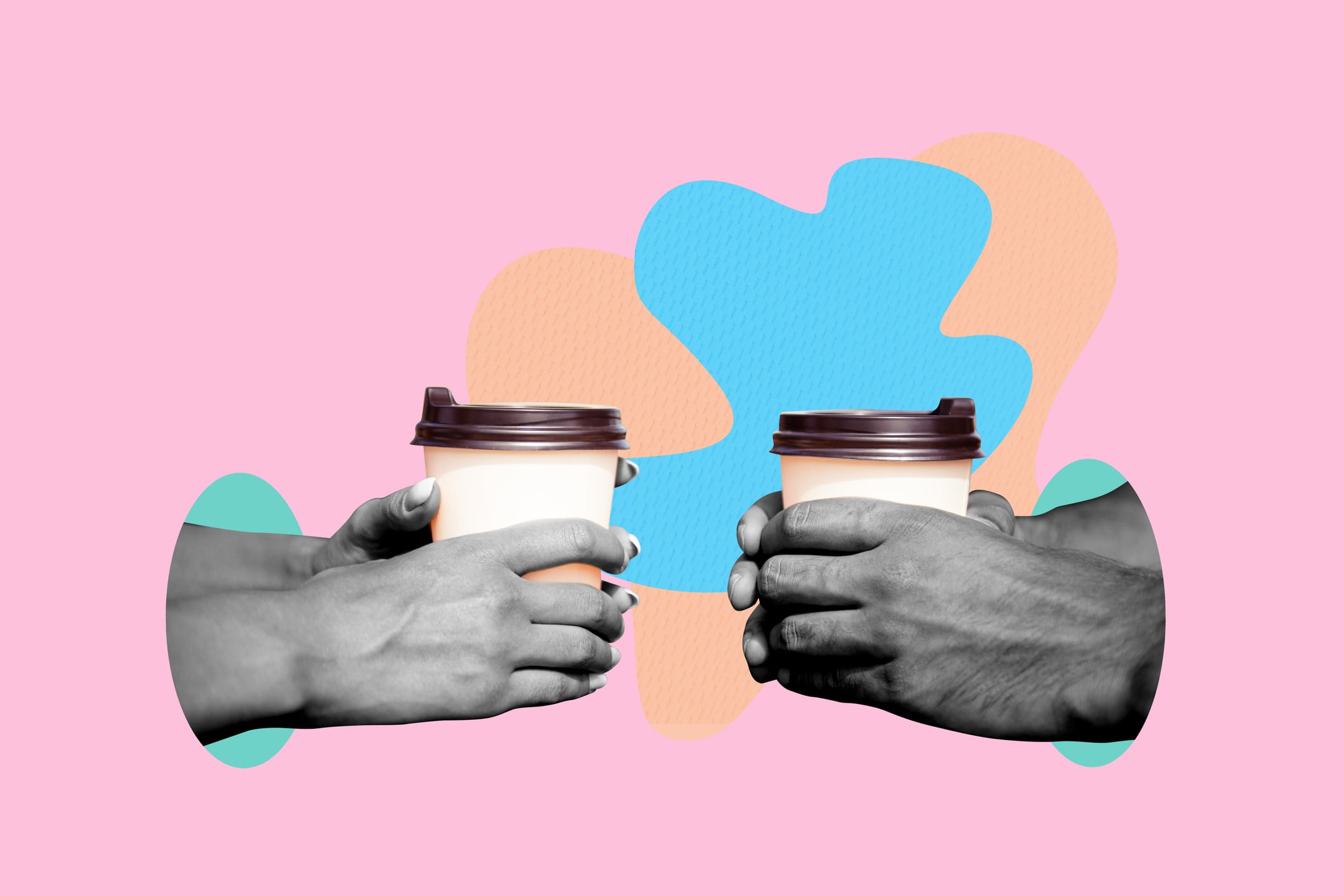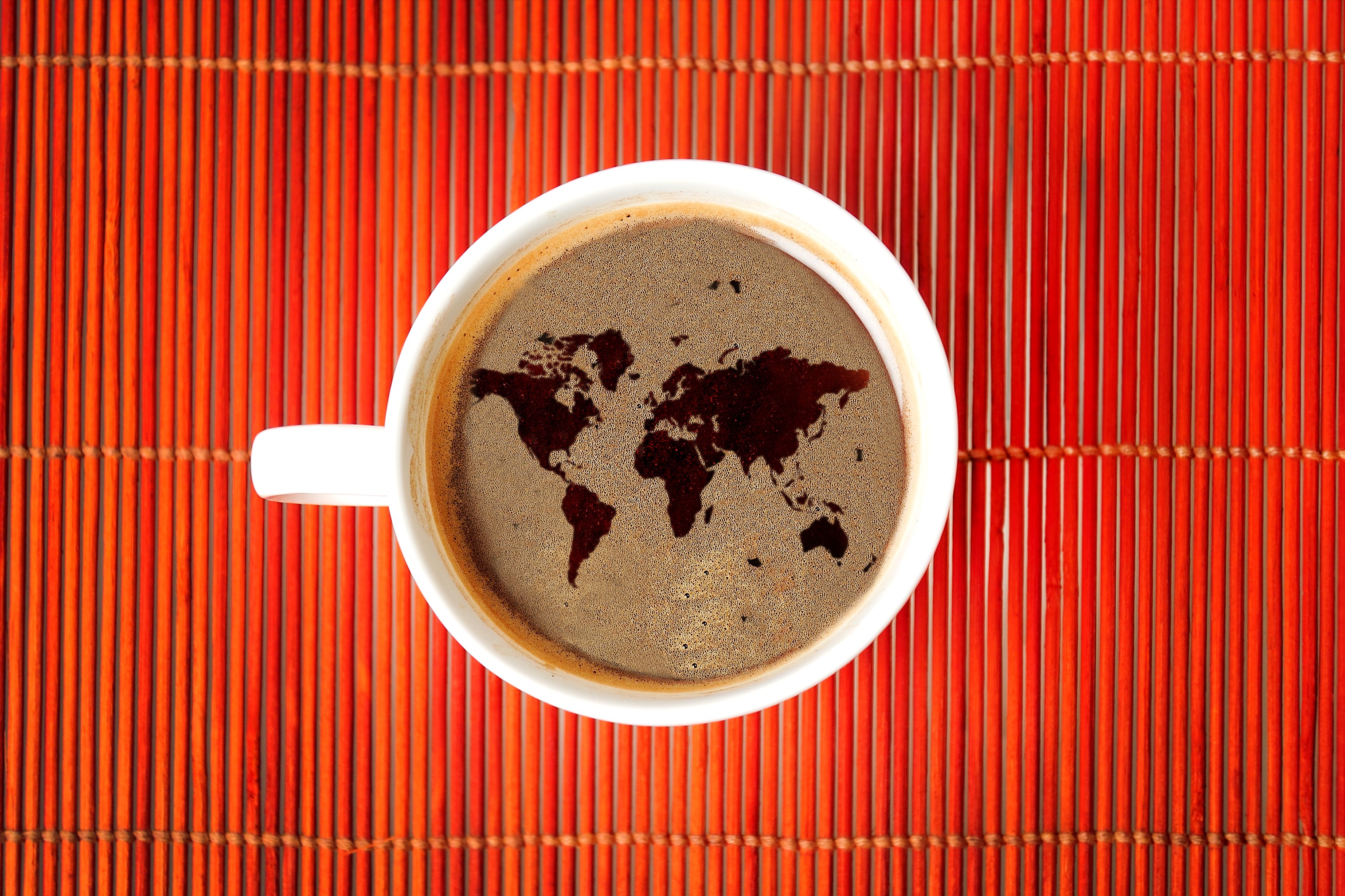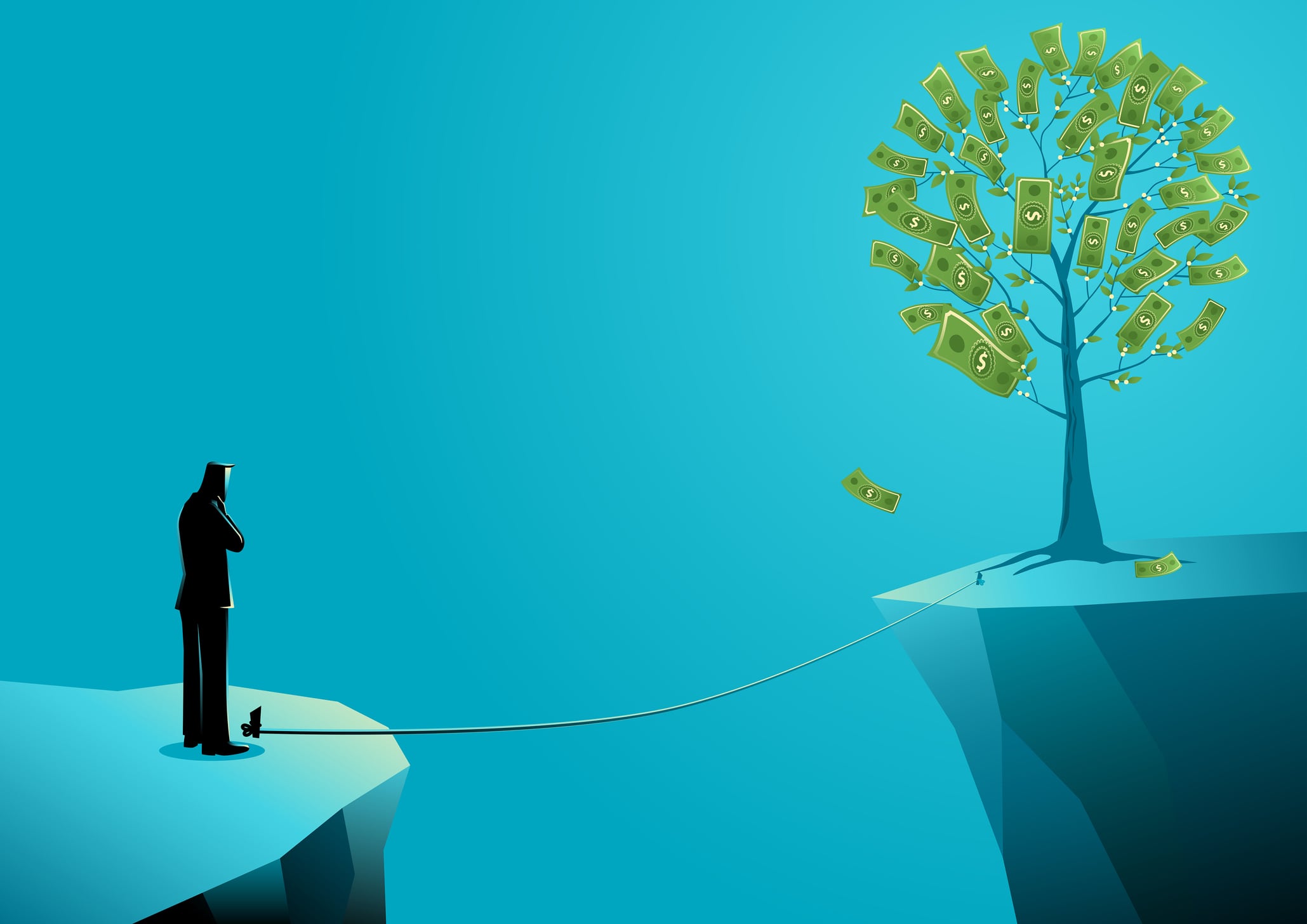AI can help businesses manage commodity price volatility - Summary
- ChAI’s AI tool can predict commodity prices with insurable accuracy
- Smaller business find hedging difficult due to its complexity
- Insurance is a simpler alternative for such businesses
- ChAI covers manmade materials, like recycled PET, as well as crops
- Price volatility has grown more intense in recent years
Perhaps the only thing that we can predict about commodity prices is that they will be unpredictable.
As the commodity crisis puts a strain on worldwide prices, companies are scrambling to protect themselves from the volatility that they know is coming down the track.
For the giants, such as Nestlé and Mondelēz International, this can be done through hedging, and such companies often have supply secured for months or even years ahead. However, for smaller companies, this security is usually out of reach.
AI analytics platform ChAI aims to provide an alternative.
The company, which predicts commodity prices, has become increasingly more accurate over the years, due to improvements in its AI tool. So accurate, in fact, that it can now provide insurance cover for these commodities.
Why can’t smaller companies engage in hedging activities?
Larger companies are often protected from price volatility by hedging, allowing them to secure supply for the future when market conditions are favourable.
Hedging often involves the use of financial instruments such as derivatives. These include futures (which obligate a buyer to purchase a certain commodity at a specified price or date) and options (where the price, but not the obligation, is set for the buyer).
While they differ, both of these instruments allow corporates to insulate themselves from future price rises, as they have already agreed upon a price regardless of what the market may do afterwards.
However, using this method can sometimes be intimidating for smaller companies, which often lack the expertise or the resources to put it in place, explains Tristan Fletcher, CEO and co-founder of ChAI.
Using these tools is often considered “complicated, esoteric, and requires deep expertise” by these companies. Many CFOs are nervous about using them.
Furthermore, Fletcher suggests, such tools have been set up with bigger companies in mind, as they often require large accounting teams to manage.
The complex nature of using options and futures also makes it harder for smaller companies to deal with them.
Insuring commodities
ChAI aims to provide an alternative – namely, making commodities insurable through its AI insights into risk. Insurance is a simpler financial tool that CFOs are more at ease with, Fletcher explains.
ChAI did not always provide insurance. The company started out simply giving its clients insights and predictions on commodity prices. However, their clients soon realised that even with the knowledge provided, they often lacked the tools to act on it, leaving larger companies with the advantage.
This was particularly the case for areas such as recycled and packaging materials. Markets don’t even exist for these products which are liquid enough to allow companies to react to price changes on time.
As machine learning has improved, ChAI’s AI prediction has become more accurate.
The company maintains contact with academics working in machine learning, especially techniques that are catered to commodities and insurance products.
Predicting the price of manmade commodities
Unusually for a commodity analytics company, ChAI also predicts the price of manmade materials, such as recycled PET plastic. Predictions on such materials are slightly easier to make than for agricultural commodities, such as crops.
For all commodities, demand will affect price, and this is more or less the same for manmade commodities and agricultural commodities. For both, demand turns on both consumption and the perception of consumption.
However, on the supply side of things, Fletcher suggests, information on the production of manmade commodities is more consistent, and moves more slowly, than for natural commodities subject to weather conditions.
There is a greater degree of uncertainty when weather patterns are taken into account.
Nevertheless, price risk is still a factor for companies who want to move towards more sustainable materials, Fletcher explains. He suggests that ChAI’s insurance tool can act as an enabler for such transitions.
Uncertainty for commodities
Uncertainty in the economy has been impacting commodities. Not only crop yields impacted by climate change, but also financial instability driven by US tariffs have made commodity prices harder to predict.
“There’s the perception of increased uncertainty in the global economy and the reality of increased uncertainty,” says Fletcher.
In many ways, raw materials are the biggest cause of uncertainty in a given business, he suggests, as other risks companies have “got a handle” on.
Furthermore, the frequency of “black swan” events, which are nearly impossible for any market to predict, has also grown. The COVID-19 pandemic and the war in Ukraine are examples of events that took most people by surprise, Fletcher says. Markets had not predicted them.
This increased volatility and unpredictability creates greater need for businesses to protect their commodities from fluctuating prices.





